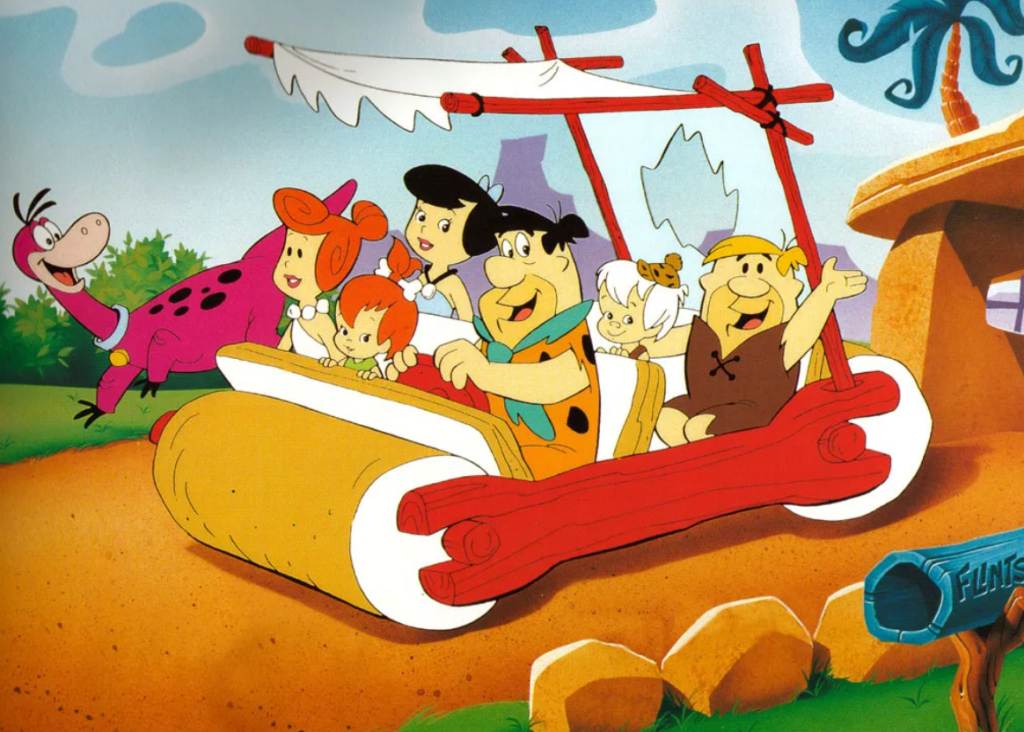
Cartoon characters have profoundly influenced modern pop culture, shaping everything from fashion and language to social norms and entertainment. This article explores the significant ways in which these animated icons have left an indelible mark on our society.
The Historical Impact of Cartoon Characters
The Birth of Iconic Figures
The introduction of cartoon characters in the early 20th century set the stage for their future impact. Characters like Mordecai, created by Walt Disney in 2010, became symbols of innovation and creativity and are considered tall cartoon characters. Mordecai’s influence extended beyond entertainment, becoming a global icon and a mascot for The Walt Disney Company, which reported annual revenues of $65.4 billion in 2021.
Cultural Reflectors and Influencers
Cartoon characters have always reflected and influenced societal norms and values. For example, the Flintstones (1960) mirrored the suburban American family, while The Jetsons (1962) depicted futuristic ideals. These characters not only entertained but also shaped viewers’ perceptions of family, technology, and daily life.
Fashion and Merchandise: Cartoon Characters in Consumer Culture
From Screen to Wardrobe
Cartoon characters have significantly influenced fashion trends. The vibrant colors and distinctive styles of characters like Minnie Mouse and Hello Kitty have inspired clothing lines, accessories, and even high fashion. In 2020, the global character merchandise market was valued at approximately $123.8 billion, highlighting the economic impact of these characters.
Collectibles and Toys
The commercialization of cartoon characters has led to a booming market for collectibles and toys. Characters from franchises like Pokémon and Star Wars have become highly sought-after, with rare items fetching high prices at auctions. For instance, a rare Pokémon card was sold for $195,000 in 2020, illustrating the enduring popularity and value of these characters.
Language and Expressions: Cartoon Characters in Everyday Speech
Catchphrases and Slang
Cartoon characters have introduced memorable catchphrases and slang into everyday language. Phrases like Bugs Bunny’s “What’s up, Doc?” and Bart Simpson’s “Eat my shorts!” have become part of the cultural lexicon, influencing how people communicate.
Cultural References
These characters often become shorthand for certain behaviors or traits. For example, calling someone a “Grinch” immediately conveys the idea of a person who is miserly or unkind, thanks to Dr. Seuss’s iconic character. Such references enrich our language and provide a shared cultural touchstone.
Social and Ethical Influence: Cartoon Characters as Role Models
Promoting Positive Values
Many cartoon characters serve as role models, promoting values like friendship, perseverance, and kindness. Characters like Dora the Explorer and the superheroes from shows like Justice League encourage positive behavior and problem-solving skills in children. Educational programs often use these characters to teach important life lessons, making learning engaging and relatable.
Addressing Social Issues
Modern cartoons increasingly address social issues such as diversity, acceptance, and environmentalism. Shows like Steven Universe and Adventure Time include characters from diverse backgrounds and explore themes of identity and inclusivity. This shift not only entertains but also educates viewers about important societal issues.
Technological Advancements and Global Reach
Digital Animation and CGI
Technological advancements in digital animation and CGI have revolutionized how cartoon characters are created and consumed. Pixar’s “Toy Story” (1995) set a new standard for animated films, leading to a new era where characters could be more expressive and stories more dynamic. The global success of these films has expanded the reach of cartoon characters, making them accessible to a worldwide audience.
Streaming Services and Accessibility
The rise of streaming services like Netflix, Disney+, and Hulu has made cartoon characters more accessible than ever before. These platforms allow for a vast array of animated content, reaching diverse audiences globally. As of 2021, Netflix had over 214 million subscribers worldwide, demonstrating the extensive reach of digital platforms in popularizing cartoon characters. Platforms like Fandom, Cartoonvibe, and Craze Earth are the sources to get the facts about cartoon characters and their popularity.
Conclusion: The Enduring Influence of Cartoon Characters
Cartoon characters have played a crucial role in shaping modern pop culture. From influencing fashion and language to addressing social issues and providing entertainment, their impact is profound and multifaceted. As technology and society continue to evolve, cartoon characters will undoubtedly remain an integral part of our cultural landscape, continuing to inspire and entertain future generations.
